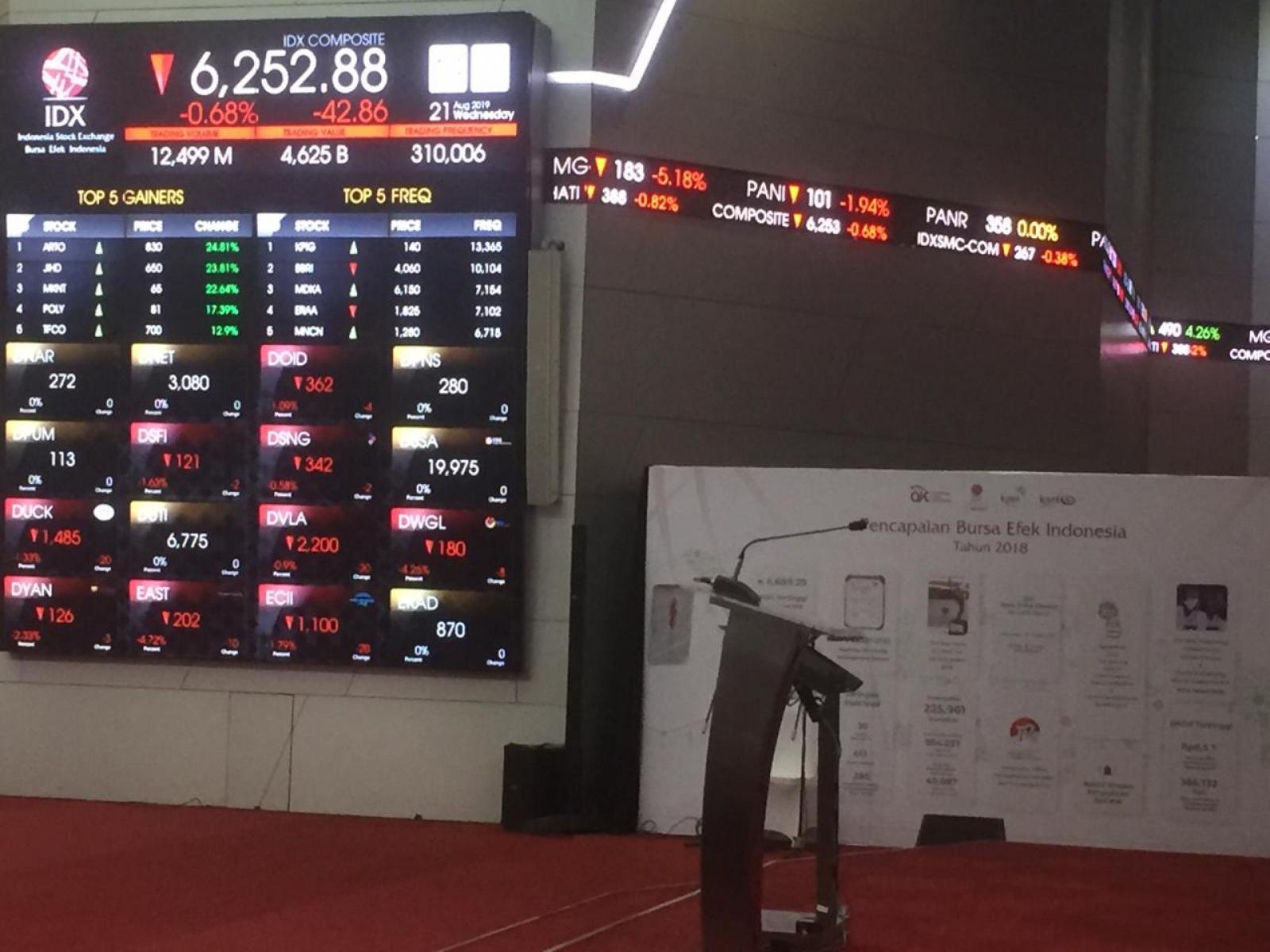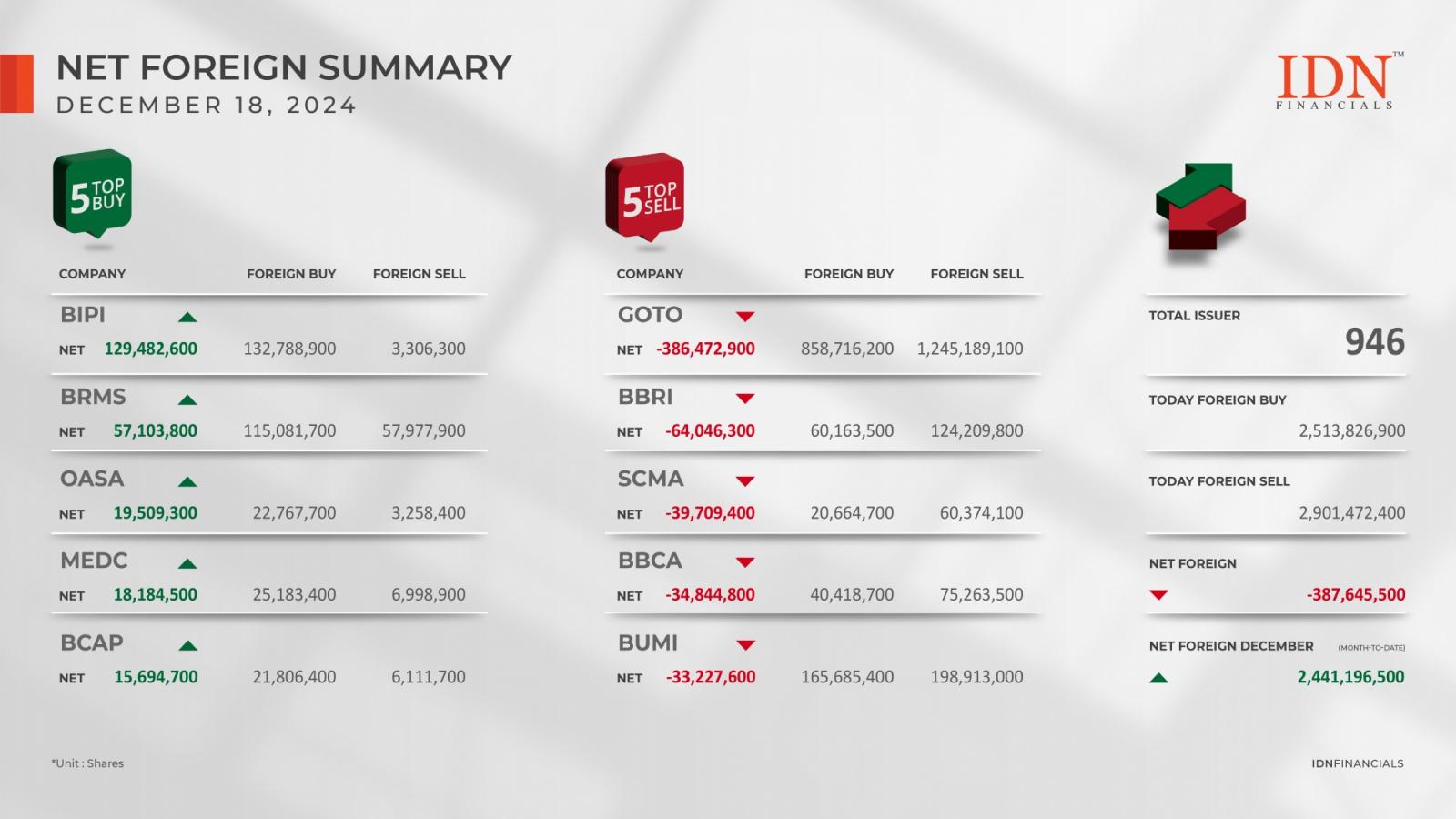-- Japan’s Nikkei 225 index rose sharply to record highs on Thursday as investors remained largely optimistic about a dovish Bank of Japan despite the central bank’s first rate hike in 17 years.
The Nikkei 225 jumped nearly 2% in morning trade to a record high of 40,787 points, and was within spitting distance of the psychologically important 41,000 level.
Gains were broad-based but led by heavyweight technology stocks as the prospect of increased demand from an artificial intelligence boom boosted the sector.
Thursday’s jump was a delayed reaction to dovish signals from the BOJ, given that Japanese markets were closed on Wednesday.
The central bank hiked interest rates by 0.1% and ended its negative interest rates and yield curve control policies on Tuesday. But Governor Kazuo Ueda signaled that monetary conditions will remain largely accommodative for the time being, and that the bank will still continue with some asset buying measures in the near-term.
Ueda flagged some uncertainty over the Japanese economy, particularly in private consumption. While bumper wage increases are expected to improve consumption later in the year, the BOJ was seeking more signs of such a scenario.
Japanese stocks also took a strong lead-in from Wall Street, which surged to record highs after the Federal Reserve kept interest rates steady and reiterated its outlook for at least three rate cuts this year.
41,000 points a potential peak for the Nikkei
But while the index clocked a strong initial reaction to the BOJ, analysts warned that 41,000 points may mark a peak for the index, and that it could potentially trade rangebound in the coming months.
“If Japanese equities are to rally beyond simply catching up with the U.S. market, we think Japan-specific catalysts (recovery in domestic demand, sustained inflation, etc.) will be needed, but confirmation of these appears still a way off,” Citi analysts wrote in a recent note.
The BOJ’s move on Tuesday could also herald more monetary tightening this year, especially if the Japanese economy remains resilient.





